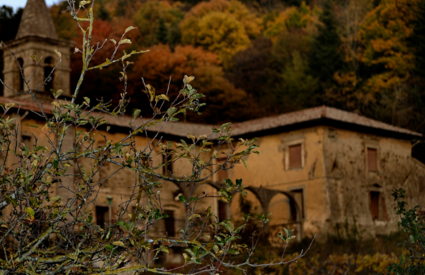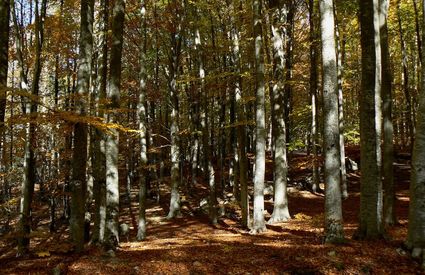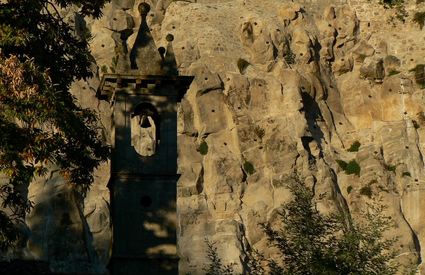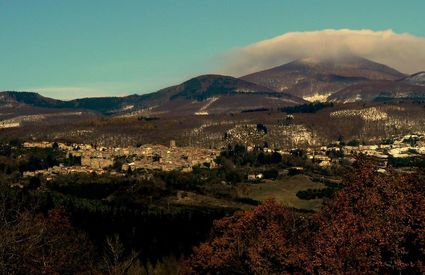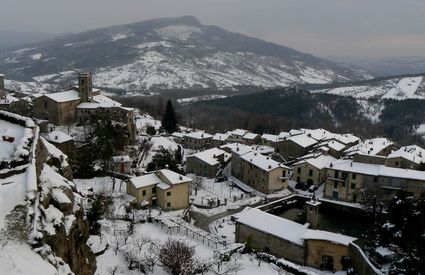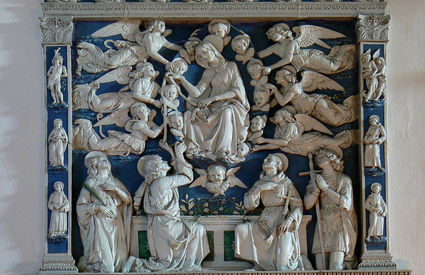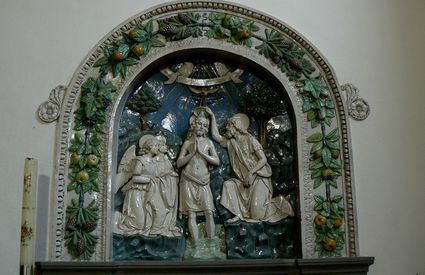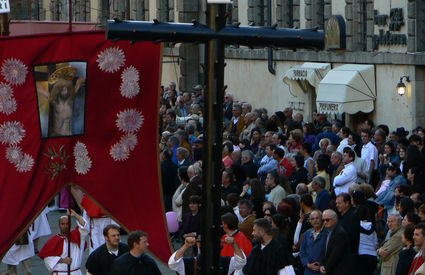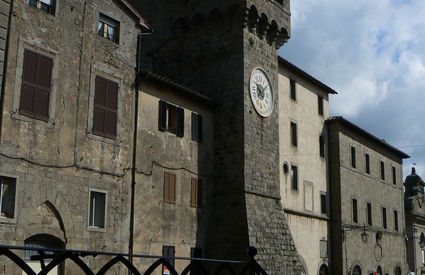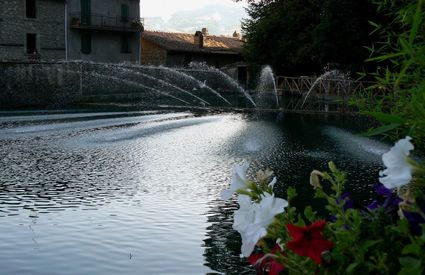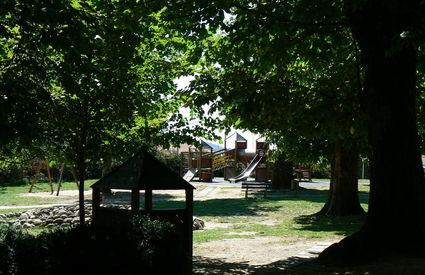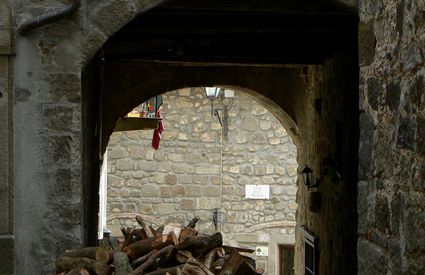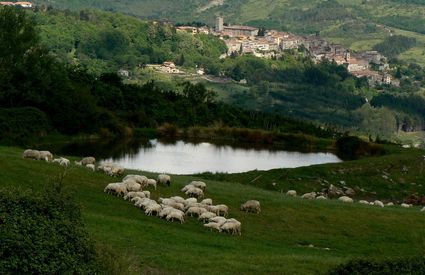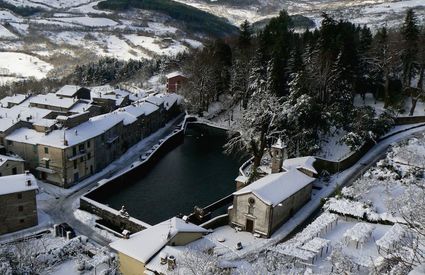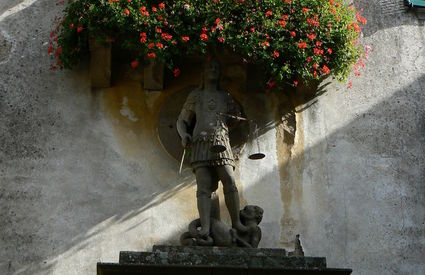Santa Fiora
Perfumes, sounds, freshwater and memories of an illustrious past
The magic of the Count’s capital, where nature embraces one of the most beautiful towns in Italy
Perfumes, sounds, freshwater and memories of an illustrious past
The magic of the Count’s capital, where nature embraces one of the most beautiful towns in Italy
In forests once terrorised by an evil dragon
In the village of Selva on the slopes of Monte Calvo, the monks of the Santissima Trinità protect the remains of a mysterious skull, which belonged, according to ancient legend, to a dragon: the serpente Cifero. At the end of the 15th century, there were repeated reports of the disappearances of lumberjacks and animals, making the woods between Santa Fiora and Selva seem even thicker and darker and scaring the local population. Fear grew from day to day until the young Count Guido Sforza, who ruled in the county of Santa Fiora, decided to kill the terrible monster. He succeeded with the help of Merlin and the frati di Selva and returned to his castle in Santa Fiora with this skull in his hands. The true nature of the remains preserved at the shrine is a mystery. Maybe it’s the jaw of a crocodile. But one thing is for certain: in the following centuries, the dragon's head was an object of veneration and the faithful sought its blessing by giving it a kiss.
Andrea della Robbia and the legend of the missing grape
Guido, son of Bosio I and Cecilia, grandson of the Sforza of Milan, was born in Santa Fiora on 20 February 1445. He reigned over the County with the desire to return its former glory, transforming the Peschiera from reservoir into trout hatchery and commissioning one of the most important artist families of the time, the Della Robbia, sculptors who specialised in glazed earthenware. A valuable collection of wonderful Della Robbia pottery is preserved today in the Pieve delle Sante Flora e Lucilla. It includes a large-scale work by Andrea della Robbia in the 15th century, depicting the life of Jesus. White and blue are the dominant colours, enriched by yellow, green and sienna orange. The glaze top coat provided effective protection against wear and proved pivotal for the mountain area as its humid and cold climate meant “a painting wouldn’t last more than a few years," as Vasari put it. Worth a look are the terracotta works: the Madonna della Cintola, l’Ultima Cena, Il incoronazione della Vergine e i Santi Francesco e Girolamo, la Resurrezione and il Battesimo di Gesù, the latter around which a legend was born. It’s said that one of the grape bunches located in the side frame is missing a grape. An American soldier removed it during the Second World War.
The chestnut, mountain food
In a chestnut, you’ll find everything you need: flavour and substance, vitamins, minerals and sugars. A good harvest was crucial, which is why you asked for divine intervention by invoking St Michael, the patron saint of crops. Each year Santa Fiora celebrated the saint’s feast day with a fire ritual to cleanse and cast out evil. The ignition of a large coal fire was a propitious sign of a good harvest. As the old saying goes "St Michael, the chestnuts are in the basket." Moreover, as Father Balducci would say, "the mountain, with its chestnuts, was our mother, she nursed us."


